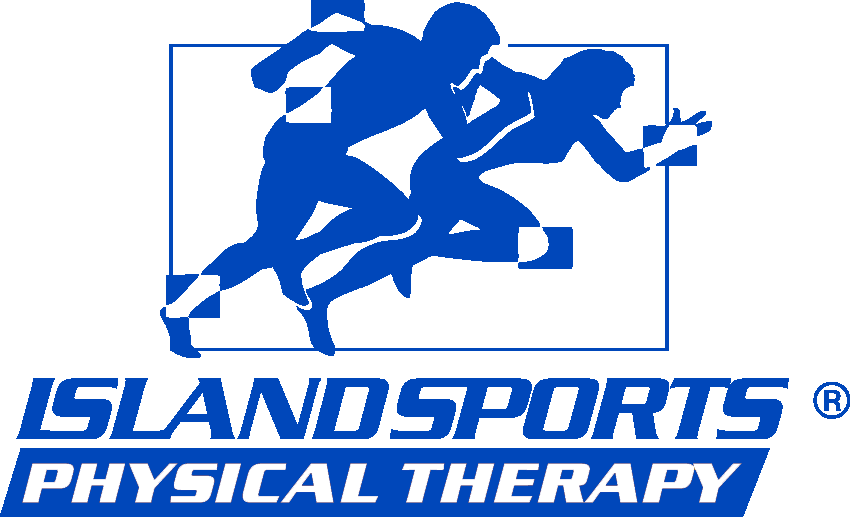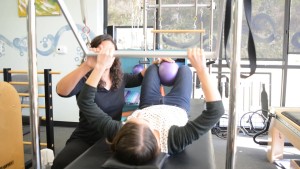Physical Therapy in Nesconset
Whether you are suffering from an injury or a pre-existing condition. Physical therapy can be effective in speeding up the recovery process. While other techniques to alleviate pain such as surgery or opioids can be helpful, evidence suggests that physical therapy is not only as successful, but cheaper as well. This technique gives you an active role in your own recovery, learning what caused the condition and how to prevent it from reoccurring. Another benefit of this form of treatment is that it can improve your mobility and movement on top of treating the specific injury.
If you suffer from lower back pain, for example, physical therapy can not only help you heal, but avoid needing painful and expensive surgery. In addition to this, there is also proof that physical therapy is just as effective as surgery. Where opioids only mask the pain, physical therapy will treat what is ailing you as well as educate you on how to avoid this from happening again.
In addition to receiving effective treatment, you will play an active role in your own recovery. Your physical therapist will design a program that is tailored around achieving your goals and addressing any issues that you have encountered. Studies suggest that improving your mobility can reduce the risk of having a heart attack or stroke. From exercising to performing daily tasks, regaining any motion or mobility that you may have lost is a crucial step towards recovery.
Contact us!
If you think that physical therapy can help with your physical ailments and live or work in the Nesconset area, visit us at Island Sports Physical Therapy. By including you in the recovery process, we believe providing you with the knowledge to treat yourself using home exercises will result in a speedy, long-term recovery. If you have any questions, you can call us (631) 979-5900.
What is a S-I Joint Dysfunction?
The sacroiliac joint lacks the motion of elbow and knee joints, yet it sustains injury far more frequently. In comparison to other joints the sacroiliac joint is reinforced by ligaments and is very sturdy, which begs the question of why a joint that is well protected is prone to damage. When we move, lift objects, or are impacted our back serves as a pivot for our body and helps us retain our balance. The lower back or sacral region is the axis of our balance and the joints which hold it in place receive a tremendous about of shock from impact.
For the sacroiliac joint to dysfunction you would need to have an immoderately low or high amount of regular pressure being put on your lower back. By moving infrequently or being in constant motion you may cause dysfunction in your sacroiliac joint. The amount of pressure being put on the sacroiliac joint decides whether or not it will dysfunction, aside from pregnancy increasing risk of sacroiliac joint dysfunction there is no known medical condition that this dysfunction is derived from.
There are several methods of treating sacroiliac dysfunction and the most commonly recommended treatment is physical therapy. A medical professional can administer cortisone injection followed by a numbing agent to reduce the pain and inflammation in your joint. Cortisone is a steroid hormone released by your adrenal glands and may cause a rise in blood sugar or an infection. Physical therapy may require more dedication, but it presents no immediate health risk and not only can physical therapy correct sacroiliac dysfunction it can assist with strengthening the joints to prevent future injury.
If you are looking for qualified physical therapists and service local to Long Island, then consider contacting Island Sports Physical Therapy. With six locations throughout Long Island and an expansive variety of services Island Sports Physical Therapy can assist you with any injuries and complications.
#ChoosePT
Each year, the American Physical Therapy Association wants you to focus on your long-term health. The #ChoosePT movement was designed to show patients why physical therapy should be their first choice for pain management. While opioids and surgery can help prevent discomfort, physical therapy has been shown to produce similar results with less downside.
Despite helping individuals no longer feel pain, opioids do not fully treat the problem. The reason why you are no longer in physical distress when taking opioids is because they prevent the brain from receiving pain signals. Physical therapy is not only effective in treating the ailment, but can help you prevent this from happening again. Opioids can still be useful in pain management, but not on their own. The CDC recommends patients to use both medication (at a low dosage) and physical therapy for relief.
Despite surgery being a necessary step in the recovery process, there is evidence supporting physical therapy as not only being equally effective, but also cheaper as well. Using physical therapy to recover from injuries such as spinal stenosis and rotator cuff tears has been documented to be just as successful as surgery. Another benefit is the hands-on role you have in your own recovery. Your physical therapist will provide you with exercises and the knowledge to treat the issue and learn how to prevent it from happening again.
If you think you can benefit from this form of treatment, consider seeing Island Sports Physical Therapy. Along with treatment, Island Sports Physical Therapy believes every patient should be properly equipped with the education to assist in their own recovery. After all, you may need to continue to do exercises at home after you no longer need to come in. Together, we can help you get off the sidelines and back to the life you had before this condition.
Physical Therapy for Development Coordination Syndrome
Development Coordination Syndrome (DCD) is a condition that is also referred to as dyspraxia, disorder of attention and motor perception, sensory integration disorder, and a myriad of other appellations describing the same symptom: clumsiness. Since DCD is a mesh between child psychology and pediatrics the frequent name changing that psychology is known for is brought to a condition that is physical. While DCD is often attributed to attention disorders such as ADHD there are differences in each condition.
The symptoms relating to DCD are entirely based within a child’s (or adult’s) motor capabilities. For example: tying shoes, climbing stairs, or poor penmanship are typical symptoms of DCD; however ADHD is usually determined by tests of retention, like having a child read a paragraph and recite what they had read. While children with ADHD seem uncoordinated due to hyperactivity they usually have control over their motor functions, this is what causes the two conditions to be equated to one another.
DCD is often a permanent condition, but physical therapy has been shown to subdue it by improving muscle strength and balance. Simple gait training and other physical therapy techniques can prevent the disorder from becoming far too overbearing Before assuming that you or your child has DCD check in with a physician and have them perform an examinations as the symptoms of DCD do often overlap with other developmental issues.
On Long Island, Island Sports Physical Therapy is offering assistance for children and adults with DCD. Island Sports Physical Therapy has six locations with an extensive list of available services.





